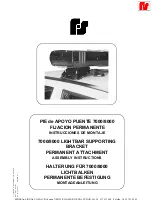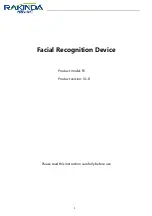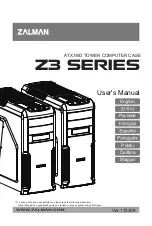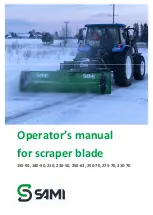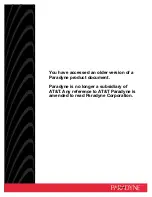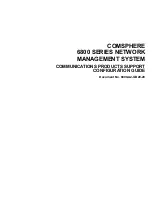
42 |
P a g e
OPERATION
C
ONDENSATION AND THE
D
EW
P
OINT
Relative humidity inside the incubator chamber should never be allowed to exceed 95%.
Exceeding this threshold will likely result in condensation, possible leaks around the incubator, and
may cause corrosion damage if allowed to continue for any significant length of time.
Condensation takes place whenever the humidity level in the incubator chamber reaches the dew
point. The dew point is the level of humidity at which the air cannot hold more water vapor. The
warmer the air, the more water vapor it can hold.
As the level of humidity rises in an incubation chamber, condensate will first appear on surfaces that
are cooler than the air temperature. Near the dew point, condensate forms on any item or exposed
surface even slightly cooler than the air. When the dew point is reached, condensate forms on nearly
all exposed surfaces.
Managing condensation primarily depends on either lowering the humidity level or increasing the air
temperature in the incubator chamber.
Note:
Rising or falling air pressure from the weather will adjust the dew point up and down in small
increments. If the relative humidity in the incubation chamber is already near the dew point,
barometric fluctuations may push it across the dew point threshold.
Note:
Thin air at higher altitudes holds less humidity than the denser air found at or near sea level.
If excessive condensate has appeared in the incubation chamber, dry the chamber interior and
check the following.
•
Verify that the access port stopper is in place on the inside of the incubation chamber and
not the unit exterior.
•
Make sure samples on the shelves are evenly spaced to allow for good airflow.
•
Ensure the chamber door is closing and latching properly.
•
Are frequent or lengthy chamber door openings causing significant temperature disruptions
and chilling the chamber surfaces? If so, reduce the number of openings.
•
Are there are too many open containers of evaporating sample media in the chamber? If so,
reduce the number of open sample containers.
•
Does the ambient humidity in the room exceed the stated operating range of 80% relative
environmental humidity? If so, lower the room humidity.
•
Is the incubator exposed to an external flow of cold air such as an air-conditioning vent or a
door to a cooler hallway or adjacent room? Block or divert the air, or reposition the unit.
•
Check the door gaskets for damage, wear, or signs of brittleness or dryness. Arrange for
replacement of the gaskets if damaged or excessively worn.
Содержание SCO10A
Страница 1: ...AIR JACKETED CO2 INCUBATOR 110 120 Volts Installation Operation Manual SCO10A SCO5A...
Страница 6: ...6 P a g e TABLE OF CONTENTS...
Страница 24: ...24 P a g e INSTALLATION...
Страница 26: ...26 P a g e SYMBOLS...
Страница 59: ...59 P a g e PARTS...































